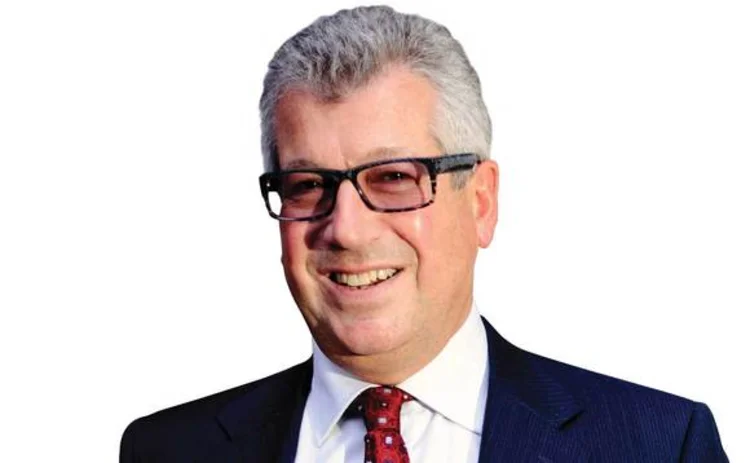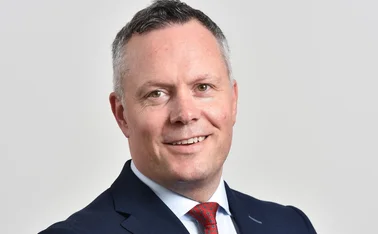
On the increase

If insurers’ results reveal poor COR performance in commercial, will it prompt rating increases? Peter Hubbard asks
Even the Oracle at Delphi – the greatest seer in the ancient world – might have thrown up her hands in exasperation at being asked to predict a positive outlook for commercial rates this year. And, adding insult to injury, Ernst & Young pointed to a further 5% drop in insurer profitability this year, making a cumulative 12% fall in the last two years. How low can it go before commercial insurers act on rating?
Certainly there were some signs of stress among an increasing number of commercial
Only users who have a paid subscription or are part of a corporate subscription are able to print or copy content.
To access these options, along with all other subscription benefits, please contact info@insuranceage.co.uk or view our subscription options here: https://subscriptions.insuranceage.co.uk/subscribe
You are currently unable to print this content. Please contact info@insuranceage.co.uk to find out more.
You are currently unable to copy this content. Please contact info@insuranceage.co.uk to find out more.
Copyright Infopro Digital Limited. All rights reserved.
As outlined in our terms and conditions, https://www.infopro-digital.com/terms-and-conditions/subscriptions/ (point 2.4), printing is limited to a single copy.
If you would like to purchase additional rights please email info@insuranceage.co.uk
Copyright Infopro Digital Limited. All rights reserved.
You may share this content using our article tools. As outlined in our terms and conditions, https://www.infopro-digital.com/terms-and-conditions/subscriptions/ (clause 2.4), an Authorised User may only make one copy of the materials for their own personal use. You must also comply with the restrictions in clause 2.5.
If you would like to purchase additional rights please email info@insuranceage.co.uk







